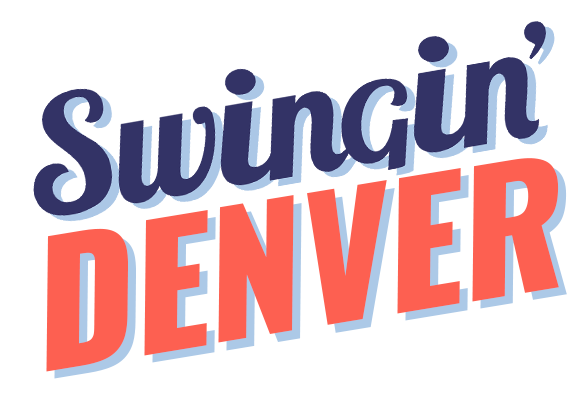Consider the following excerpts from Jacqui Malone’s Steppin’ on the Blues:
“The term vernacular refers to dance performed to the rhythms of African American music; dance that makes those rhythms visible.”
“Vernacular dance gave birth to several international dance crazes, including the cakewalk, the Charleston, and the lindy hop. Its hallmarks are improvisation and spontaneity, propulsive rhythm, call-and-response patterns, self-expression, elegance, and control.”
Being that Lindy Hop is a vernacular dance, it is inseparable from the music that birthed it. This goes with any of the vernacular dances. As a vernacular dance teacher of Charleston and Lindy Hop, for example, you should be playing as much good swing music in your classroom as possible to elicit the hallmarks of vernacular dance from your students. Counting, scatting, silence, clapping aren’t as powerful as the music that gave rise to these dances. They’re useful tools, yes, but just tools.
And students of vernacular dance, if you’re reading this, are you dancing to enough good swing music in class? If you’re only getting 1-2 songs or less than 10 minutes of music in a 60-minute class, I recommend asking for more. Some ideas would be raising your hand and asking - “hey, can we dance to some music?” or, if you’re 20+ minutes into a class, “hey, when can we try this to music?” Sometimes teachers can get carried away and just forget. Other times teachers may not place enough importance on dancing to music.
Regardless, music matters. And playing music allows for other things such as -
Teacher huddles
Open dance practice for students
The time to give individual attention where the other students are distracted by music
Opportunities to see if your teaching is effective and where to shore up your students
Music matters so much and for so many different valuable reasons. Play the music.

